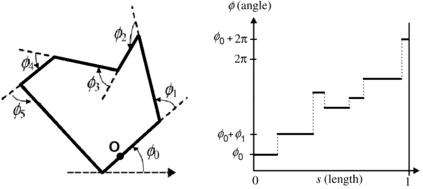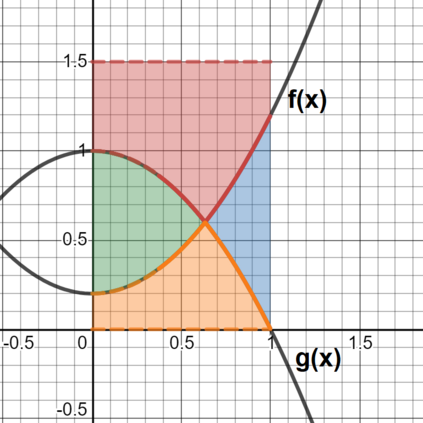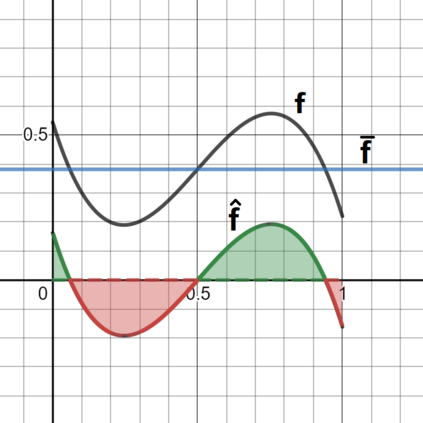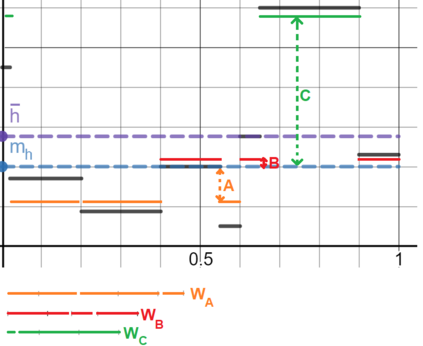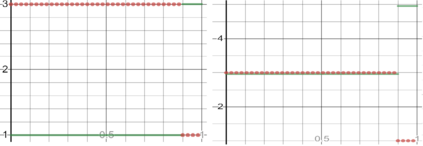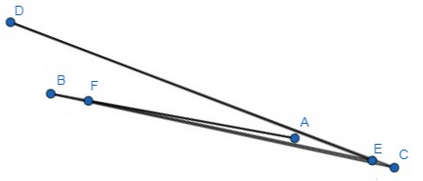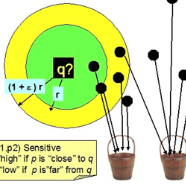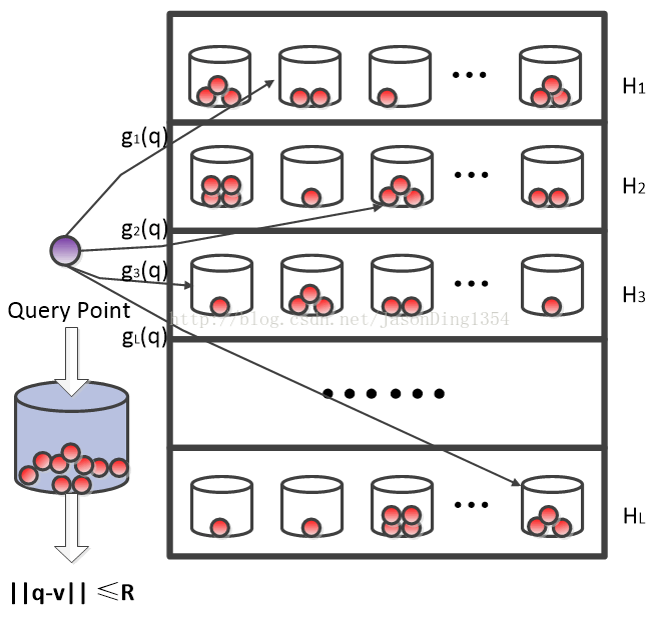Locality Sensitive Hashing (LSH) is an effective method of indexing a set of items to support efficient nearest neighbors queries in high-dimensional spaces. The basic idea of LSH is that similar items should produce hash collisions with higher probability than dissimilar items. We study LSH for (not necessarily convex) polygons, and use it to give efficient data structures for similar shape retrieval. Arkin et al. represent polygons by their "turning function" - a function which follows the angle between the polygon's tangent and the $ x $-axis while traversing the perimeter of the polygon. They define the distance between polygons to be variations of the $ L_p $ (for $p=1,2$) distance between their turning functions. This metric is invariant under translation, rotation and scaling (and the selection of the initial point on the perimeter) and therefore models well the intuitive notion of shape resemblance. We develop and analyze LSH near neighbor data structures for several variations of the $ L_p $ distance for functions (for $p=1,2$). By applying our schemes to the turning functions of a collection of polygons we obtain efficient near neighbor LSH-based structures for polygons. To tune our structures to turning functions of polygons, we prove some new properties of these turning functions that may be of independent interest. As part of our analysis, we address the following problem which is of independent interest. Find the vertical translation of a function $ f $ that is closest in $ L_1 $ distance to a function $ g $. We prove tight bounds on the approximation guarantee obtained by the translation which is equal to the difference between the averages of $ g $ and $ f $.
翻译:本地敏感 hashing (LSH) 是一种有效的方法, 用于将一组项目索引化, 以支持高空空间中高效近邻的查询。 LSH 的基本想法是, 类似项目应产生比不同项目概率高的散状碰撞。 我们为( 不一定是 convex) 多边形研究 LSH, 并用它来为相似的形状检索提供高效的数据结构。 Arkin et al. 代表多边形, 其“ 转换功能 ”, 其功能遵循多边形正切值与 $xxx 轴之间的角, 在多边形周边穿行时支持高效的 Gx 。 它们定义多边形之间的距离是 $p $( $=1, 2美元) 的变异差。 我们最接近的LS 函数在翻译中, 将我们最接近 美元 的 美元 的 美元 流利 值 值 转换为 美元 。 将我们最接近的 美元 流利 的 函数转换为 L 流 。 。 将我们最接近 的 的 的 的 美元 的 的 美元 多边形 流利 函数转换为 等 。 。


